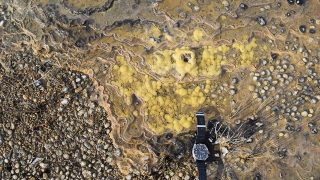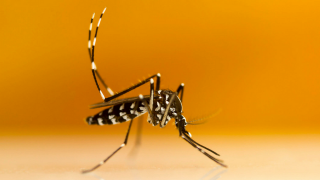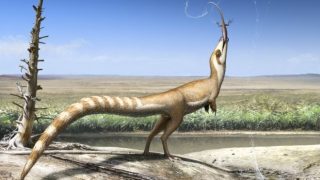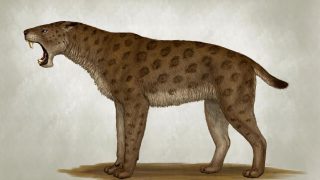
MI weekly selection #264
Mussels all over world show signs of plastic ingestion Microplastics are showing up in mussels around the world, including in the Arctic, and they may be making their way into human diets. Reuters Inflammatory protein found to attract amyloid-beta buildup in brain Large lumps of the inflammation-related ASC protein attract amyloid-beta, the protein that gathers […]








